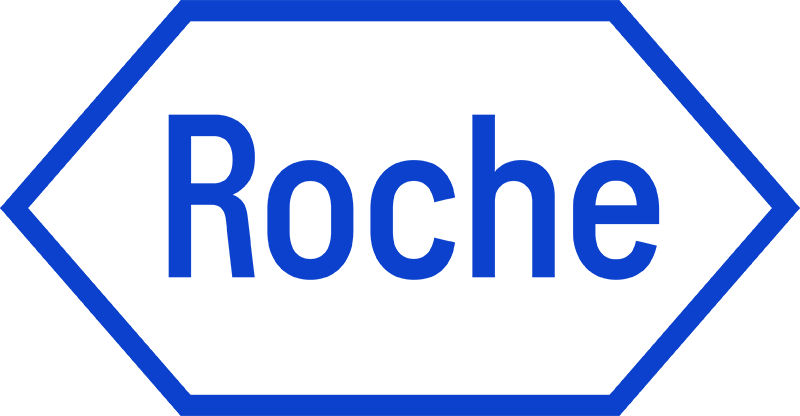Creating open, interconnected, and collaborative systems within the Diagnostics sector and healthcare system overall will support prevention and early detection of a range of conditions, whilst also empowering people to take greater ownership of their health, Moritz Hartmann, Global Head of Roche Information Solutions, says ahead of the EuroMedLab Congress in May.
Diagnostics plays a central role in the identification of diseases, the assessment of how well treatments are working, and establishing how healthy people are, but all too often diagnostics systems are complicated and disjointed. This can lead to delays in confirming a diagnosis and implementing an optimal treatment plan, and can ultimately compromise patients’ outcomes.1
“We are working together with lab leaders to create new solutions and provide open digital ecosystems that enable easy sharing of data across systems, instruments, and locations from Roche and third-party innovators – changing the way labs operate and deliver value,” Moritz says.
Digital solutions play a key role in connecting data, systems, and solutions across the care settings, helping practitioners to manage diseases in a more efficient and holistic way, Moritz believes.
“The goal is to shift the focus from diagnosis and therapy to early detection, improved risk assessment, and potentially prevention of diseases – moving from sick care to health care. In that sense, personalized healthcare is about enabling patients to live longer, healthier lives and empowering them to take a more active role in managing their health,” Moritz says.
Making it easier for people to take a more active role in their treatment pathways will become increasingly important as the number of people living with chronic conditions, such as diabetes, continues to climb. And for people with rare diseases, being able to use digital platforms to access vital information more easily will also be incredibly valuable.
Durhane Wong-Rieger, President and CEO of the Canadian Organization for Rare Disorders, is already seeing the benefits of connecting with people with similar conditions around the world in terms of the way rare diseases are diagnosed and managed.2
“The other big thing that is happening is the sharing of this kind of diagnostic information and … we are looking forward to having global platforms, where people can actually share their information and then be able to have an accumulation not only of more people, but also share all that information with researchers in a very ready way so that we can get to that next step, and that is how we are going to treat these diseases,” she said in a recent podcast on “The Future of Diagnostic”.2

